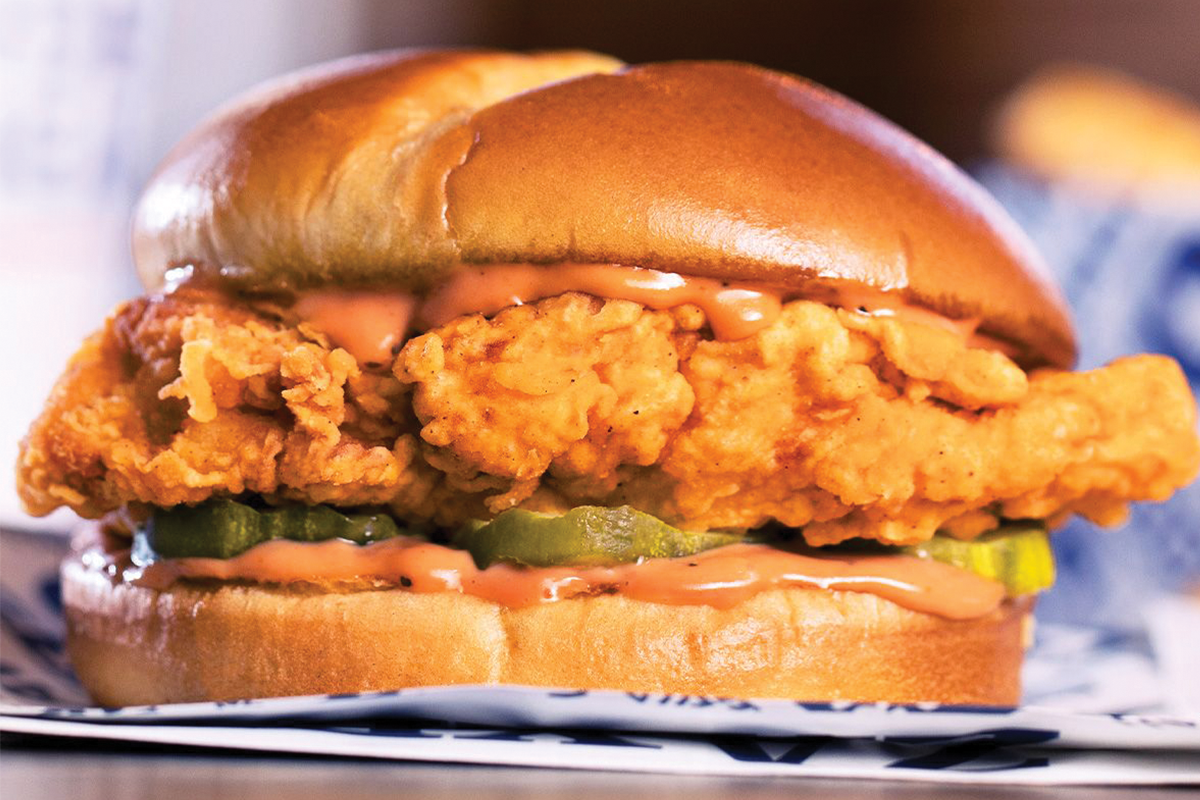KANSAS CITY — The pandemic did not stop consumers from visiting their favorite quick-service restaurants (QSRs); in fact, according to Statista, the QSR market is poised for record growth in 2021, with projections of more than $281 billion in sales this year, compared to about $200 billion in 2020.
That creates big opportunities for meat and poultry processors who supply QSRs with the food they need to keep customers happy, but processors realize they can’t rest on their laurels and make changes based on what’s happening in the industry.
One only needs to comb through the latest earnings report of major processors such as Tyson Foods Inc., Pilgrim’s Pride Corp. and Sanderson Farms Inc. to see that the chicken sandwich wars between QSRs such as Popeyes, Chick-Fil-A, KFC and about 20 others who increased chicken offerings (including McDonald’s Corp., where franchises were reporting an average of 265 sales per day) have been a driving force for the companies.
In fact, more than 65% of the US population ordered a chicken sandwich at some point in 2021.
The intensity of the chicken sandwich wars, combined with existing supply chain disruptions caused by COVID-19, created big price increases and some shortages of product earlier this year. However, the National Chicken Council announced this summer that while there was a tight supply, it was “short of a shortage” and processors have been able to fulfill the demand.

Trend watching
While the chicken wars are grabbing a lot of attention, there are other QSR trends that are impacting the way processors are preparing for 2022.
Annemarie Vaupel, vice president of marketing for Hormel Foodservice, noted it’s imperative to remain relevant in the minds of consumers, while keeping up the ability to drive sales and handle the labor situation.
“It’s a lot to juggle. We really focus on partnering with our customers on all these fronts, help in the back of house with time and labor saving, and great tasting products while innovating to keep flavors and options fresh and exciting,” she said. “We know that our customers continue to face a tough labor market. So, we continue to focus on labor and time saving, value-added products – those that present safe, quality and delicious options and at the same time, are easy on the back of house.”
According to SynergySuite, QSRs are trending toward serving the customer more fully, providing food for customers with many different preferences and dietary needs. From vegan and plant-based to keto and low-carb, the rise in specialty diets has forced many QSRs to make adjustments to menus.
Matthew Harding, senior vice president of culinary and menu innovation at Piada Italian Street Food, Columbus, Ohio, noted the lack of availability of further processed items, sub cuts or any meat item with a lot of hand work or human skill has dramatically gone up in price and that’s something QSRs are keeping an eye on.
The increasing popularity of plant-based foods is another trend garnering the attention of stakeholders in the QSR segment.
“Meat replacements, whether or not it will steal meat’s thunder in the long term, are having an impact now on QSRs,” Mr. Harding said. “Plant-based has yet to hit the crescendo.
“We could also see QSRs introducing other cuts when possible and looking at changing SKUs to try to remove labor in the restaurants, such as pre-cooked bacon crumbles versus raw bacon that’s cooked and diced on site.”
Tech talk
Processors are also relying on new technology to keep up with what they need to supply to QSRs based on the latest trends.
For instance, many are turning to hyper flexible automation, which provides more accurate and faster measurement systems that better meet special consumer demands which are already on the production line. Systems for optimal animal welfare have become even more important and sustainability is no longer a consumer trend but a license to operate.
Meat and poultry are some of the most temperature-sensitive food products offered to consumers, and as such, preserving product quality is of utmost importance to the QSR industry.
“We can expect to see a much greater demand for end-to-end transparency in the supply chain, which ultimately saves on food costs and guarantees a higher quality product,” said Greg Phillips, chief executive officer of the software marketing firm, iMatrix. “IoT devices such as temperature sensors will be on the rise, allowing processors greater control of their products in each step of the supply chain.”
Also on the minds of processors serving the QSR industry is the need to reduce waste and increase efficiency.
One of the largest causes behind food waste is the inability to fully monitor and control temperatures of meat and poultry products. Phillips said temperature monitoring systems ensure a thorough record of a product’s environmental conditions from the very beginning stages of production, while in shipment, and all the way to delivery.
Processors also need to think about how their role is being perceived by QSR customers. Processors are at the end of the cycle of these proteins, but they are affected by public perception with climate concerns, animal husbandry concerns, land use, alternative and plant proteins, etc.
Looking ahead
As customers continue to return to food-away-from-home options, Ms. Vaupel noted companies need to be continually addressing the evolution in the labor markets and offering solutions to QSRs, while still upholding consumer expectations.
“Additionally, 2022 will bring even more interest in global flavors as a result of continued travel uncertainty and will push interest toward new experiences through food,” she said. “Food could become the new travel.”





